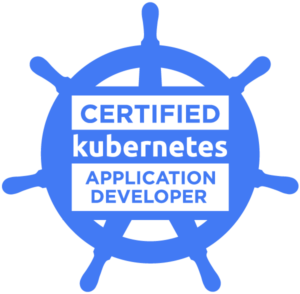
Always keep this in mind when you're dealing with #Kubernetes:
Running a pod without a deployment can be done, however it is generally not recommended.
Running a pod without a deployment can be done, however it is generally not recommended.
#Kubernetes now recommends running almost all of your Pods in Deployments instead of using custom ReplicaSets.
Without a deployment, Pods can still be created and run through unmanaged ReplicaSets. While you will still be able to scale your app you lose out on a lot of base functionality deployments provide and drastically increase your maintenance burden.#Kubernetes
Without a service you can run pod or deployment and it is possible, and in some cases there's nothing wrong with it. There's no need to use a service if your workloads do not require communication with other resources within or outside of the #Kubernetes cluster.
Well without using services; they all require a lot of manual configuration and management to be carried out which will only cause more problems as the number of pods increases. #Kubernetes
Here without a service, Pods are assigned an IP address which allows access from within the #Kubernetes cluster. Other pods within the cluster can hit that IP address and communication happens as normal.
But, if that pod dies, a new pod will be created that comes online with a new IP address and anything trying to communicate with the dead pod somehow needs to know about this new address, #Kubernetes
💡 Did you know that you could use a deployment without a service to keep a set of identical pods running in the #Kubernetes cluster. The deployment could be scaled up/down and pods could be replicated.
Each pod could be accessed individually via direct network requests (rather than abstracting them behind a service), but keeping track of this for a lot of pods is difficult.
#Kubernetes
#Kubernetes
Even you could use a service without a deployment. You'd need to create each pod individually (rather than "all-at-once" like a deployment). Then your service could route network requests to those pods via selecting them based on their labels
#Kubernetes
#Kubernetes
• • •
Missing some Tweet in this thread? You can try to
force a refresh









